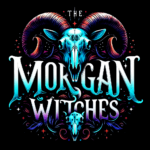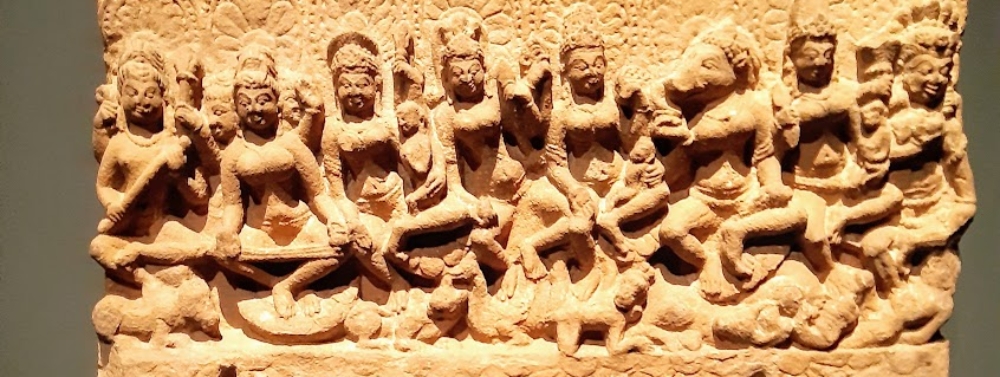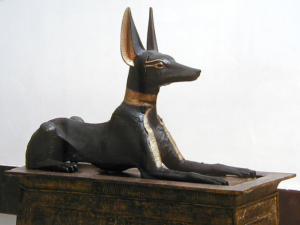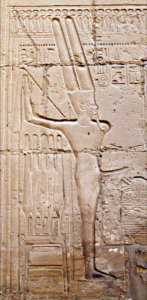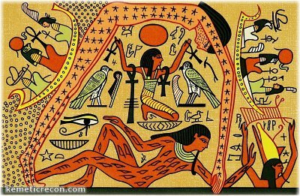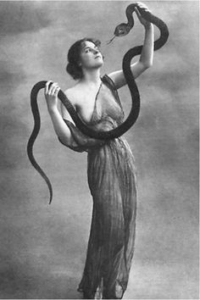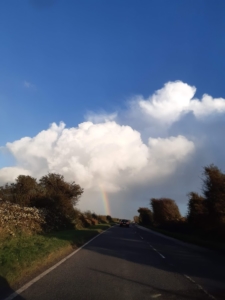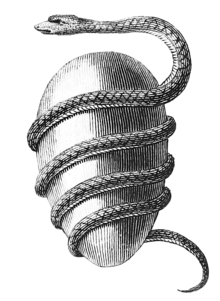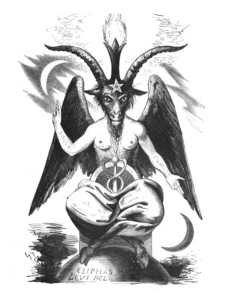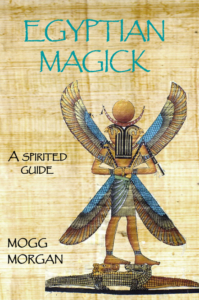
Reviving Tradition: The Oxford Symposium’s Return
After a decade of “silence” the celebrated Oxford symposium rides again, as always a meeting place for the many diverse threads that make the tapestry that is Thelemic magick. Ancient but also post-modern, a style set in motion by the mage Aleister Crowley in our age. Whatever the faults of the first prophet, the symposium aims to be diverse, non-sectarian, inclusive, inspiring, and fun.
Guiding Lights: Mogg Morgan and Sef Salem
Your hosts Mogg Morgan and Sef Salem have curated a potent mix of workshops, presentations, and rituals.
Mystical Journeys: Chapman’s Angelic Insights
For instance, Alan Chapman, a full-time teacher for fifteen years, guided hundreds of would-be initiates through the reality and myths of profound spiritual practice and experience – traditionally known as the Great Work. Hours of free retreat talks can be found at barbarouswords.com.
Chapman shares twenty years of mystical experiences. He promises insights into methods, visions, and prophecies.
Chapman authored “Magia” and other works. He founded Ordo Magia and edits for Aeon Publishing.
Esoteric Evolution: Dr. Angela Puca’s Presentation
Dr. Angela Puca presents “From Thélème to Thelema.” She traces esoteric traditions from Rabelais to Crowley.
This presentation examines the philosophical and esoteric lineage from François Rabelais’ ‘L’Abbaye de Thélème’ to Aleister Crowley’s Thelemic doctrine. By exploring the foundational motto “Fay ce que vouldras” within ‘Gargantua’, we uncover its profound influence on Crowley’s central tenet of “Do what thou wilt”. The discussion contextualises Rabelais’ vision of freedom and natural human inclination within the broader framework of Renaissance humanism and its reinterpretation and application in Crowley’s occultism. Through this comparative analysis, we illuminate the transformation of a literary utopia into a spiritual ethos, highlighting the enduring impact of Rabelais’ work on modern esoteric traditions. “Dr Angela Puca is a university lecturer at Leeds Trinity University and holds a bachelor’s and a master’s degree in philosophy. In 2021, The University of Leeds awarded her a PhD in Religious Studies, which will soon be published with Brill.
Her research focuses on magic, witchcraft, Paganism, esotericism, shamanism, and related currents.
Author of several peer-reviewed publications and co-editor of the forthcoming ‘Pagan Religions in five Minutes’ for Equinox, she hopes to bridge the gap between academia and the communities of magic practitioners by delivering related scholarly content on her YouTube Channel and TikTok ‘Angela’s Symposium.’
Serpentine Wisdom: The Morgans’ Egyptian Workshop
Mogg and Diti Morgan introduce a workshop on Egyptian Serpent Power. They’re known as the Morgan Witches.
Mogg pioneered the first Thelemic symposium in the 1980s. Diti developed Aromamagick, inspired by Kenneth Grant’s teachings. Their workshop reconnects Thelemic magick with its Egyptian origins.
The session combines lectures with hands-on experiences. Participants will sample Egyptian magick techniques. These include ancient rituals and serpent channel work.
The Morgans also explore pharaonic magick’s modern remnants. They’ll explain practices like the Egyptian Zar.
A Gathering of Minds: Notable Speakers at the Symposium
This workshop is part of a diverse program. It features notable speakers like:
- Cavan McLaughlin discussing optimal will manifestation.
- Caroline Wise delving into Steffi Grant’s life and art.
- Dr. Halo Quin examines encounters with Babalon.
- Sef Salem & Societas Astris leading a group ritual.
Daoist Mysteries: Jason Read’s Exclusive Workshop
Jason Read offers a Daoist magic workshop. It’s open to all, regardless of experience. The workshop covers talisman crafting and ‘mana’ generation.
The lineup promises an immersive magical experience.
All this plus a closing ritual, evening entertainment and Social
For more details on these and others, visit the newly minted Symposium website:
